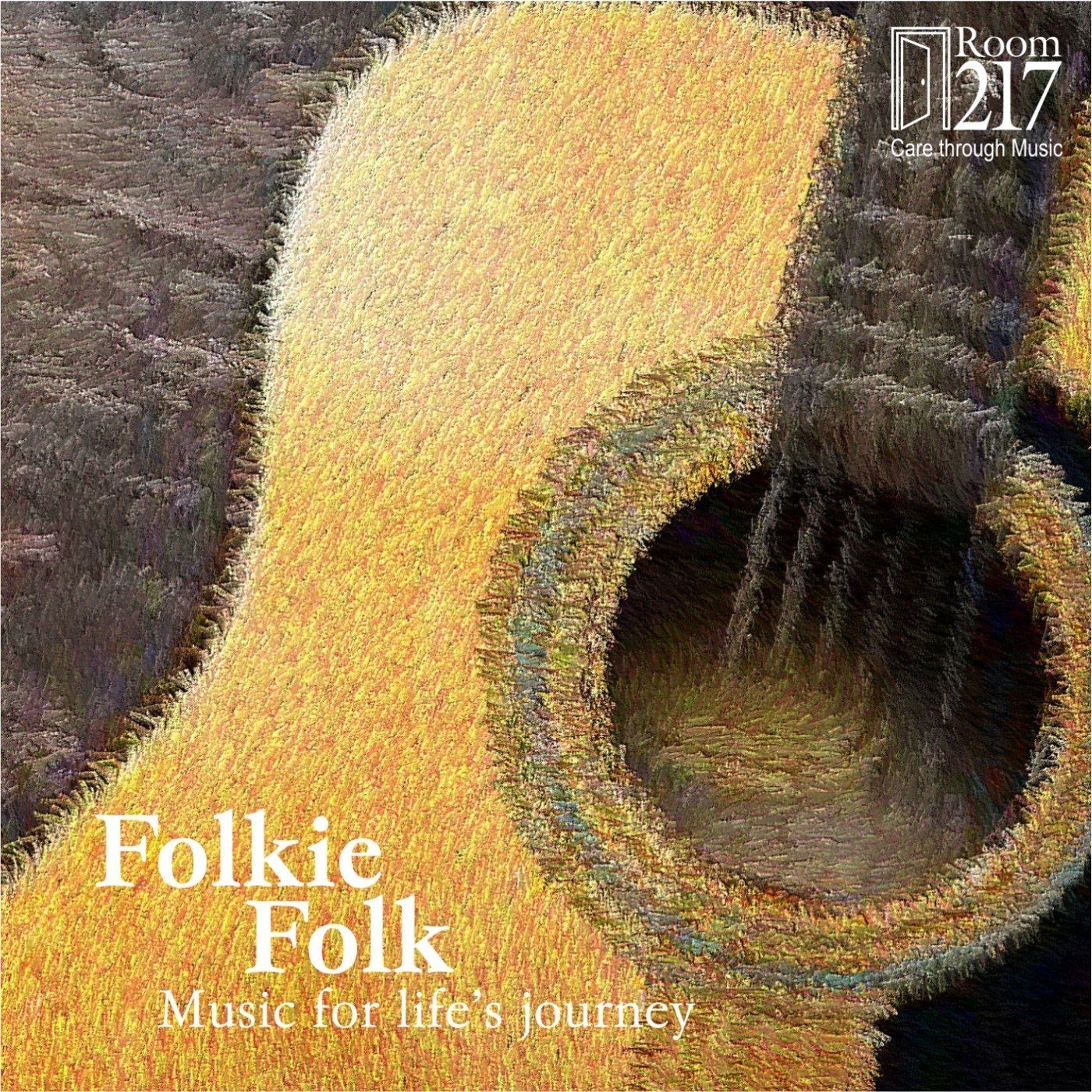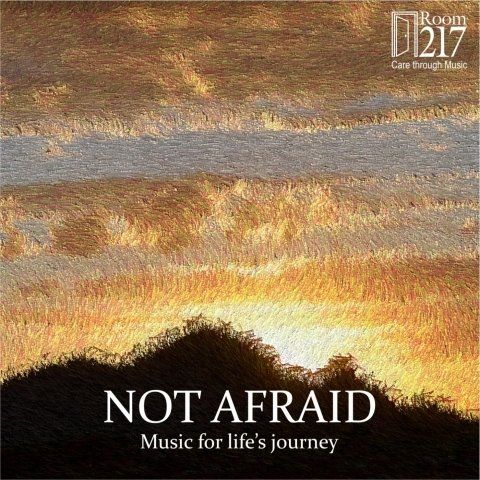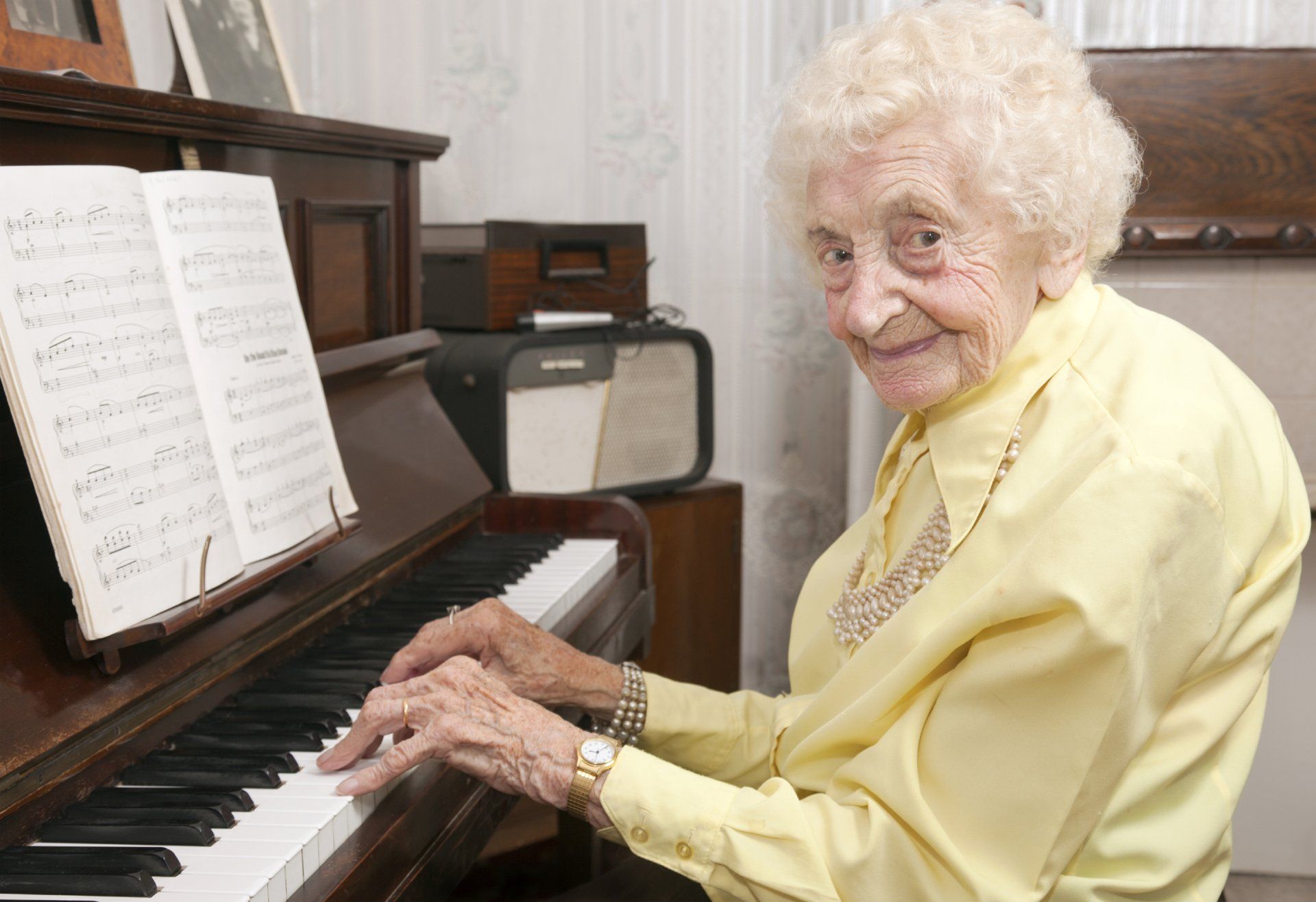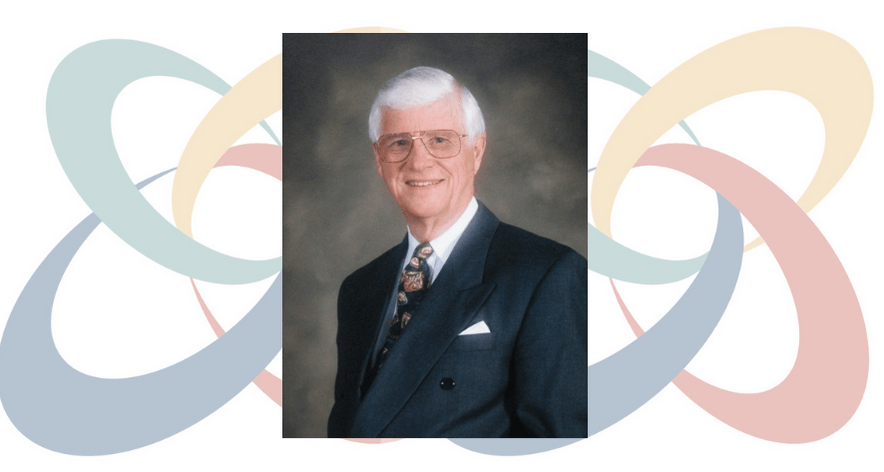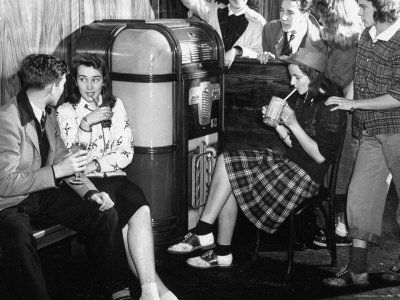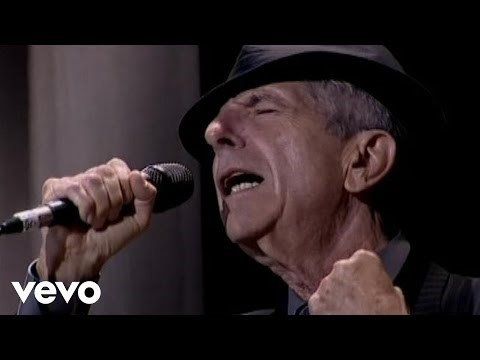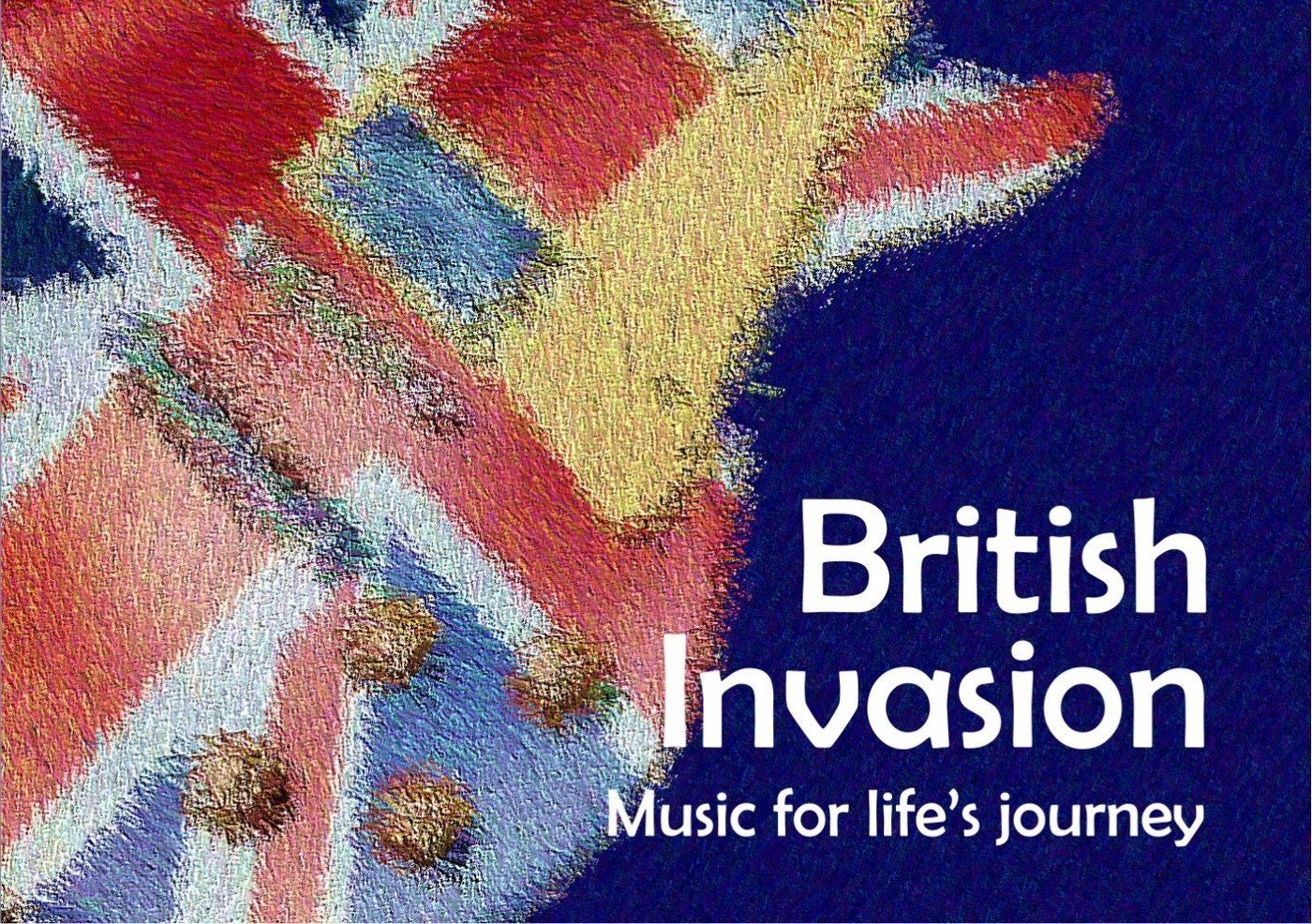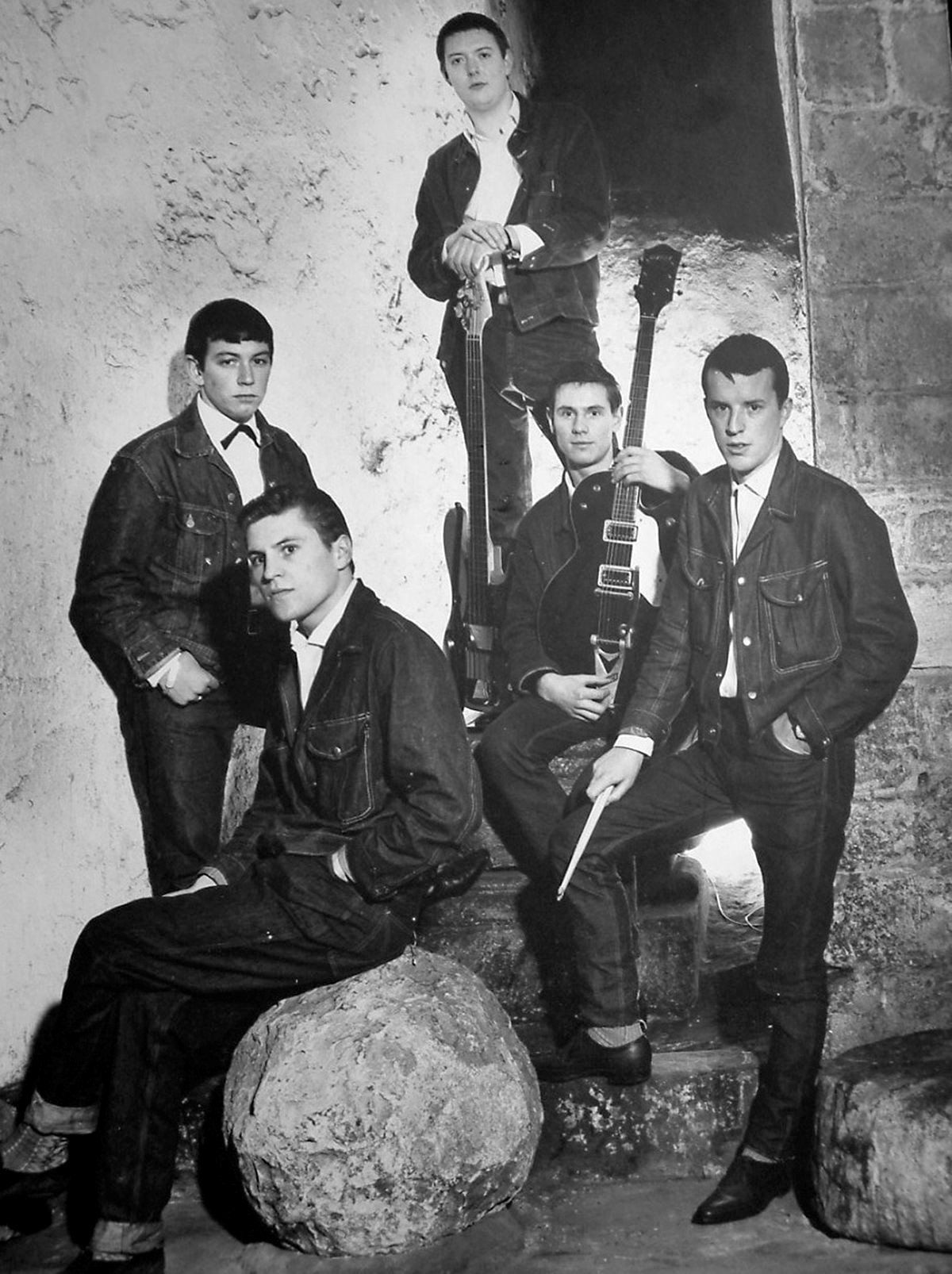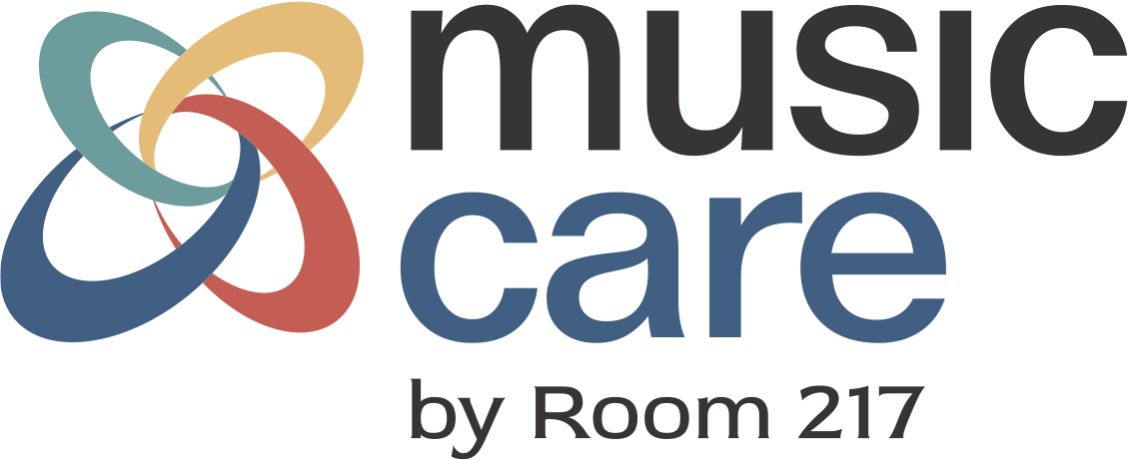Soul music tells stories, contributed to society
Room 217’s Collection 4 Boomer Tracks features the music of the ‘50s, ‘60s and ‘70s – the music many of us grew up listening to. When we think of the types of music that were influential, soul music has to be considered. Soul spawned some of the biggest hits and biggest stars in the music industry, and evolved into even more genres of music.
The Soul City album includes Stand By Me , I Heard It Through the Grapevine , How Sweet It Is , You Are the Sunshine of My Life , and 12 other songs that are solidly soul, but also crossover into pop, R&B, soft rock, and funk, depending on whose version of the recording is being discussed.
Soul music as a genre is rooted in African-American gospel, and rhythm and blues, and focuses on vocalists. The term “soul” referred to African-Americans’ culture and pride. Into the ‘60s, soul became a term that was synonymous with African-American pop music. According to liveabout.com soul is “music that arose out of the Black experience in American through the transmutation of gospel and rhythm and blues into a form of funky, secular testifying.” That testifying often told the stories of hardship, struggle, loss and love.
Among the artists credited with popularizing the genre are Ray Charles , Little Richard , Otis Redding , Sam Cooke , Jackie Wilson , and the Godfather of Soul, James Brown. The Soul City album features Respect , the signature song of the Queen of Soul, Aretha Franklin.
The website teachrock.org has some great pages about soul’s contribution to not just music, but society. Soul had a role in challenging racial boundaries , feminism , and the civil rights movement.
Soul created great music, but if you listen well, it also tells us great stories.
The Soul City album features the vocals of Marlene O'Neill, one of Canada's premier inspirational vocalists. Take a listen to a couple of samples from the album (scroll down to the bottom of this page to hear some clips) and you'll understand how Room 217's arrangement of these classics will sooth and settle.
Deb Bartlett is a journalist by profession, with a particular interest in the health and education beats. As Room 217’s Resource Lead, her experience as a writer lends valuable communication and networking expertise within the wide range of Room 217 customers and media relations.


